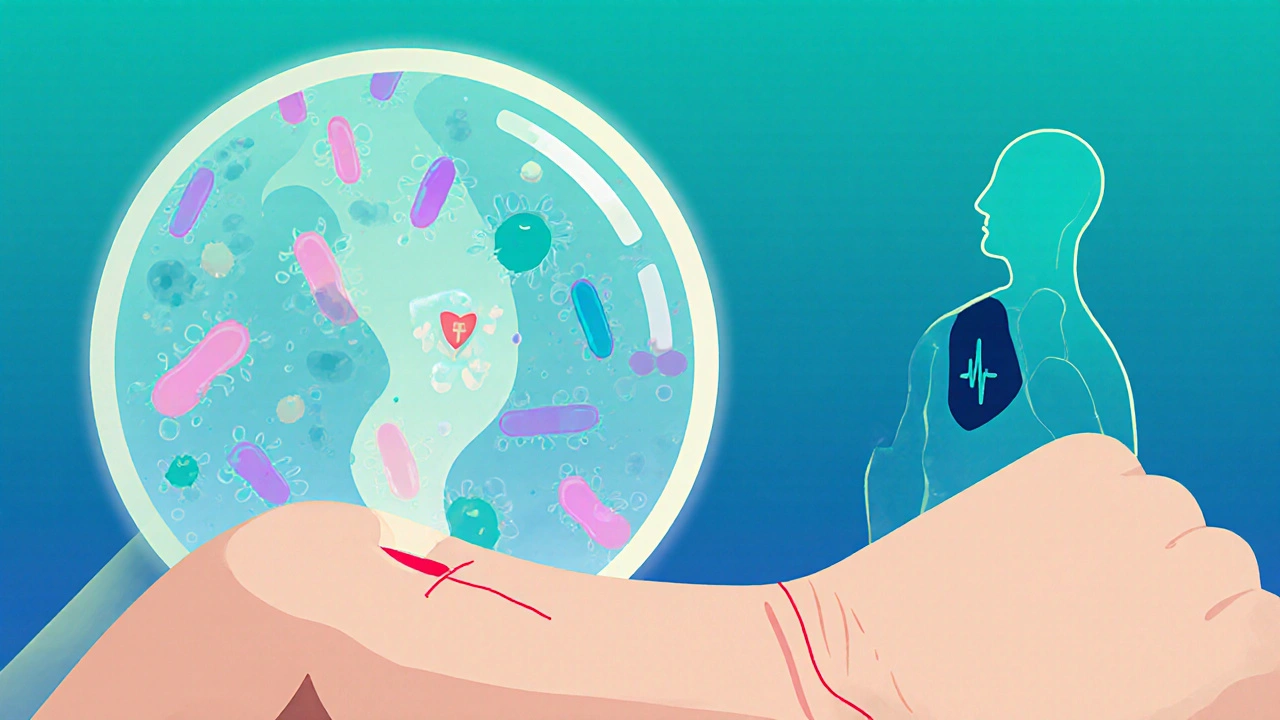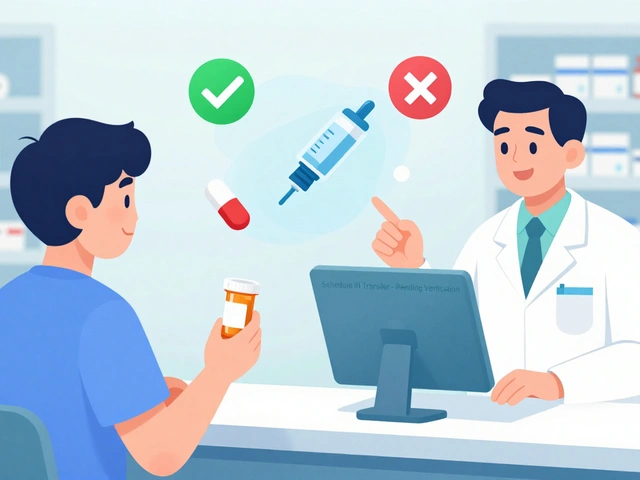Infection Prevention: How to Stop Germs Spreading in Daily Life and Healthcare
When we talk about infection prevention, the set of practices designed to stop harmful germs from spreading between people. Also known as infection control, it’s not just for hospitals—it’s something you do every time you wash your hands before eating or clean a cut on your skin. This isn’t about being paranoid. It’s about using simple, proven actions to keep yourself and others from getting sick.
Handwashing, the most basic and effective tool in infection prevention. Also known as hand hygiene, it’s the first line of defense against colds, flu, and even antibiotic-resistant infections like MRSA. The CDC says proper handwashing can reduce respiratory illnesses by up to 21%. But most people don’t do it right—scrubbing for less than 20 seconds, skipping between fingers, or not drying hands fully. Real infection prevention means doing it right, every time. And it’s not just your hands. Surfaces like doorknobs, phones, and countertops can carry germs for hours. Cleaning them regularly cuts transmission risk dramatically.
Sterilization, the process of killing all microorganisms on medical tools or surfaces. Also known as decontamination, it’s critical in clinics, dental offices, and even at-home care for things like insulin needles or wound dressings. A dirty syringe or reused bandage can turn a minor procedure into a life-threatening infection. That’s why infection prevention includes knowing when something needs to be sterile versus just clean. You don’t need an autoclave at home, but you do need to know boiling water for 10 minutes works for small tools. And never reuse single-use items—no matter how cheap they are.
Another big piece? Antimicrobial resistance, when germs evolve to survive antibiotics and disinfectants. Also known as superbugs, this is why infection prevention isn’t just about cleaning—it’s about using medicines wisely. Taking antibiotics for a cold, skipping doses, or buying them online without a prescription feeds this problem. The WHO calls it one of the top global health threats. The good news? You can help stop it. Only take antibiotics when a doctor says so. Finish the full course. Never share them. And don’t use antibacterial soaps at home—they don’t work better than regular soap and may contribute to resistance.
These aren’t abstract ideas. They show up in the posts below: how to prevent hepatitis B spread from mother to child, why medication errors can lead to infections, how to handle incontinence without triggering skin infections, and how to safely buy antibiotics online without making resistance worse. Every article here ties back to one truth: infection prevention isn’t about fear. It’s about smart, simple habits that add up to real protection. Whether you’re managing a chronic condition, caring for someone at home, or just trying not to get sick this flu season, the tools are right in front of you. You just need to use them right.
Learn proven ways to prevent bacterial infections and manage them if they occur. Practical tips cover hygiene, vaccination, diet, and smart antibiotic use for a healthier lifestyle.



